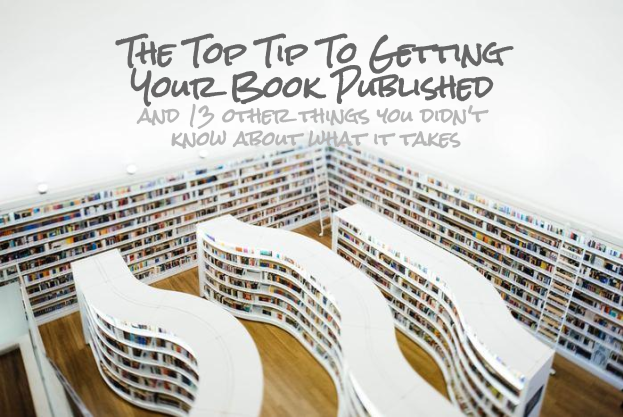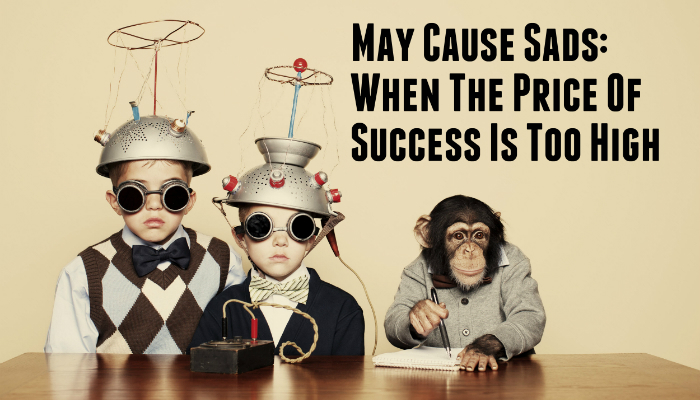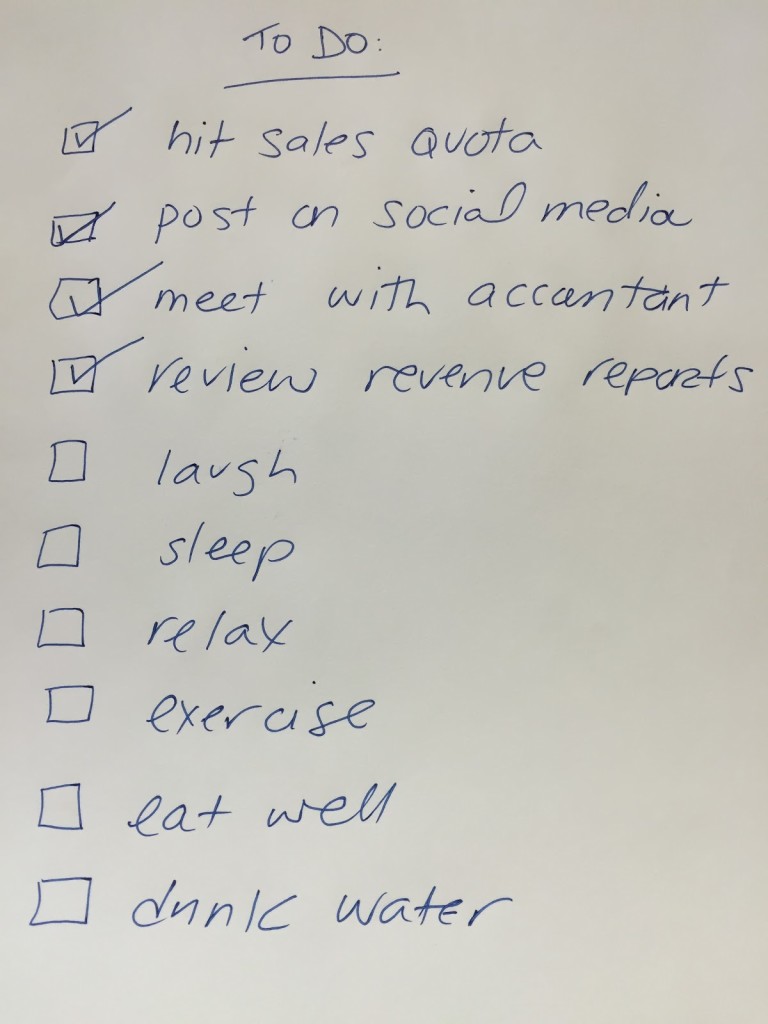
Writing a book is a common bucket list objective.
If you have dreams of seeing your name on the spine of a physical book, you’re not alone.
This past weekend I travelled from Victoria, BC Canada to Orlando, Florida USA to join 300 other attendees at a writers conference.
My objective was to find out: exactly what does it take to get a book published by a major publishing house?
What I learned out is that having a really great idea, or even a magnificent finished book has very little to do with whether or not you get published.
What I learned is not news to me.
I certainly did not need to take three planes across North America to learn that it’s not so much the quality of the end product, but the quality of the business plan and ultimately sale potential that matter most.
It is after all, what I preach loud and long to my small business owner and entrepreneur clients; if you’re in business, you’re in the business of selling.
CEO/Publisher Reid Tracy of Hay House said it at least 15 times over the course of the two day conference.
The most important deciding factor in whether or not your book gets published is the size of your platform.
Your platform means your direct relationship with your community of fans and customers.
Yes, you heard me right.
Getting your physical book published and out in the world is very much dependent on the size of your Facebook and Instagram followers and your email list.
Because of all that reading means to me personally, and the long tradition of storytelling dating back since people drew on cave walls, I guess I was a bit surprised to hear this news.
I really love books. I’ve loved them since I was a kid. I can be found deeply inhaling the pages of fresh new and musty old books alike.
Even though my clients call me things like social media guru (which makes me cringe, honestly), and I am more tech savvy than your average bear, I still prefer physical books to e readers or audio books.
Surrounded by people of all ages, including a few senior citizens, many including me were a bit dismayed to learn: the publishing business is simply another business, and the players exist to make a profit.
I GUESS I THOUGHT THERE WOULD BE MORE EMPHASIS ON WHETHER THE BOOK WAS LIKE, GOOD.
And of course, it does, to an extent.
But given the choice between two similar quality books, the author with the bigger platform wins.
I sat through the online marketing portion of the conference with a wry smile on my face.
The golden rules of online marketing apply to author platforms:
- Have a mobile friendly, search optimized website with clear calls to action.
- Use multimedia like images and videos
- Have a very clear “elevator pitch” ; It should be very clear what problem you solve.
- Gather email addresses by offering something valuable for free
- Build your audience on Facebook and Instagram
Beyond developing your online platform, here are 10 other things I did not know about getting your book published.
- Unsolicited manuscripts sent to publishing houses end up in what’s called the Slush Pile and no one reads them
- The odds of getting published are not good: 80,000 books are published a year and less than 300 will sell more than 50,000 copies of their book
- It’s easier to get non-fiction published and sold than fiction. Unless you have a series, in which case that is more saleable.
- You need to submit a book proposal to get considered. A document that takes most people two months to create.
- You are well advised to get an actual professional editor to help you with your proposal. You can get a really good one for around $4000 USD.
- You may need an agent to help you submit the proposal to publishers (and get it read), but you probably don’t need a publicist. You’re advised to promote yourself.
- The book you write and the one you publish are likely two very different books.
- It takes at least a year, more often two, to go from proposal acceptance to holding the book in your hand.
- Traditional publishing exists because getting your book in stores used to be the only way to sell your book, and publishers were the only ones who could get your book in stores.
- The reasons getting published is an attractive idea is because your publisher takes on some of the risk, and helps you with getting the book out in the world. Then it’s your job to sell it.
- Your publisher will provide you with an advance against future royalties ( about $3-$5 a book ) and provide you with an editor who will help you personally as well as the book.
- Being a published author will not make you any money.
I was told this repeatedly by some of the authors at the conference. They do coaching, speaking, retreats and all kinds of other things to make money. - There are two other ways to get published beyond going the traditional publisher route. Depending on your skills, budget and the amount of time you have, you may want more or less support.
Self publishing:
Upload your word doc and graphic through amazon and boom – you’re a published author! Whether it will sell is another story.
Assisted self publishing:
There are a few places, that for a fee, can provide fee for service editors, cover designers and book marketing people. They can also help you with printing and distribution.
—
Do you have any questions about publishing your book, or building your author platform?
Email me – la@laurelannestark.com and I’m happy to answer your questions and share what I learned.
Struggling to build your platform?
Learn how to succeed at social media marketing in just 17 minutes a day.
Download a free copy of the book here
Just wanna see pics?
Check out photos and videos of the trip on my Instagram
—
 Please, a moment of silence for the business-to-business social media networking site LinkedIN.
Please, a moment of silence for the business-to-business social media networking site LinkedIN.


 Generally people become aware that what’s on google about them is damaging
Generally people become aware that what’s on google about them is damaging 









